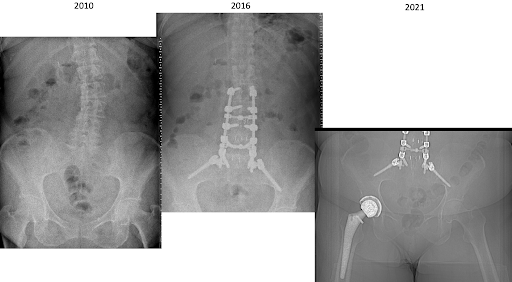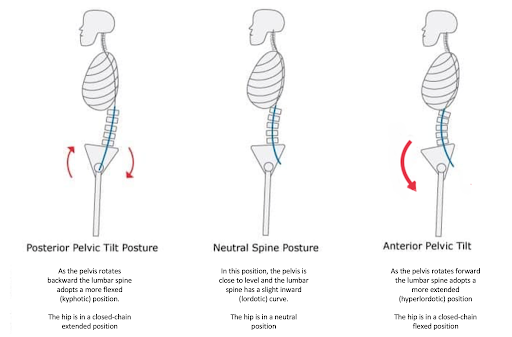 Originally recorded by Chris Kenner in 1962, Wilson Pickett produced the best-known version of “Land of a Thousand Dances” in 1966, about the dances that were popular at the time.. Think you haven’t heard this song… I’ll bet you have… check it out if you get the chance, or just watch movies like Forrest Gump, The Full Monty, or The Great Outdoors. It’s been ranked 152 of the top 1000 greatest singles every made and topped pop-hit charts at #6. The 1960s intensified my passion for dance, primarily with Motown music. There was Dick Clark’s American Bandstand, introducing one funky band after another with new moves like the Twist, Watusi, Alligator, Mashed Potato, and Pony to name a few. You surely couldn’t do any of these with a “loose” lumbar spine and hips…
Originally recorded by Chris Kenner in 1962, Wilson Pickett produced the best-known version of “Land of a Thousand Dances” in 1966, about the dances that were popular at the time.. Think you haven’t heard this song… I’ll bet you have… check it out if you get the chance, or just watch movies like Forrest Gump, The Full Monty, or The Great Outdoors. It’s been ranked 152 of the top 1000 greatest singles every made and topped pop-hit charts at #6. The 1960s intensified my passion for dance, primarily with Motown music. There was Dick Clark’s American Bandstand, introducing one funky band after another with new moves like the Twist, Watusi, Alligator, Mashed Potato, and Pony to name a few. You surely couldn’t do any of these with a “loose” lumbar spine and hips…
Just as the song insinuates, there’s a relationship in physiologic movement between the back and hips. And just like the anecdotal presumption that subsequent fusions are inevitable after the first, many people believe back fusion paves the way for hip surgery, since spinal fusion can induce changes to posture and overall gait profile.
When the lumbosacral spine is stiff, either from arthritis or prior lumbar fusion, there can be a distortion of spinopelvic biomechanics and increased forces across the hips. In order to compensate for a “bad back”, the hips may tilt and demand more range of motion than usual.
Prior studies have indicated that lumbosacral fusion increases the risk of hip replacement prosthesis dislocation within the first 6 months of hip surgery. The standard hip dislocation rate is about 1.9% per year but may increase to ~5.2% following spinal fusion. However, does lumbar fusion actually increase the risk of needing a hip replacement if hip osteoarthritis is already present?

A recent study in the Journal of Neurosurgery indicates that lumbar fusion is not associated with an increased need for hip replacement, assuming normal spinopelvic parameters are maintained with the fusion… this is why maintaining lumbar lordosis and pelvic relationships is critical for a spine surgeon to consider. Additionally, there was no relationship between the number of spine levels fused and the rate of hip replacement up to 9 years after surgery.
Somewhat like adjacent level disease in the spine, it may just be that arthritic problems with the lumbar spine and hip co-exist. If you need your lumbar fusion extended, it may simply be that the spinal level was already arthritic. If you need a hip replacement, it may simply be you had a bum hip all along. There are overlapping symptoms, but also overlapping occurrences.
References
Salib C et al. Lumbar fusion involving the sacrum increased dislocation risk in primary total hip arthroplasty. The Bone and Joint Journal. 2019
Pirkle S et al. Does lumbar spine fusion predispose patients to future total hip replacement? JNS spine. 2021.






